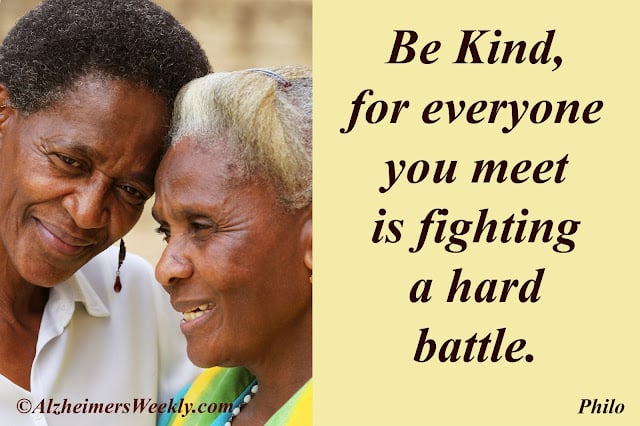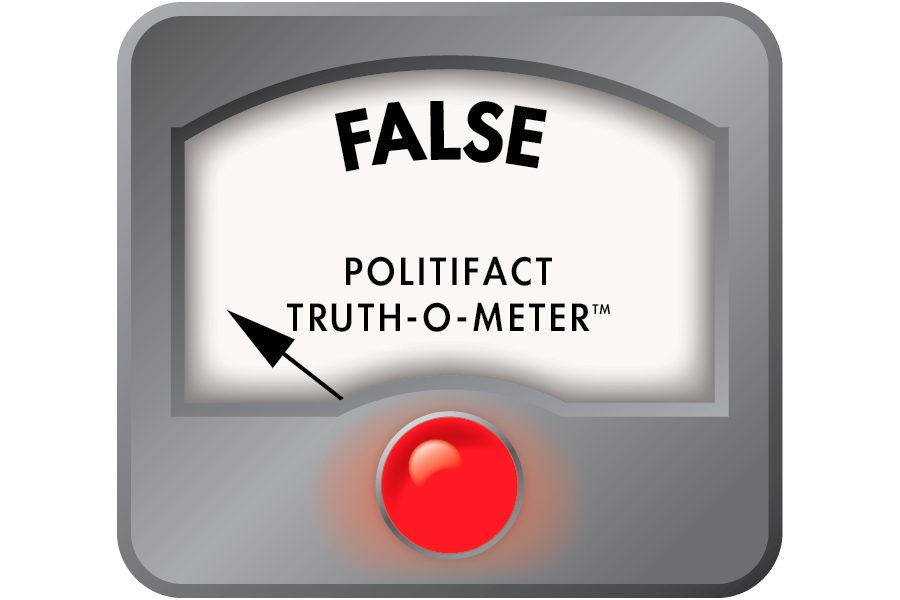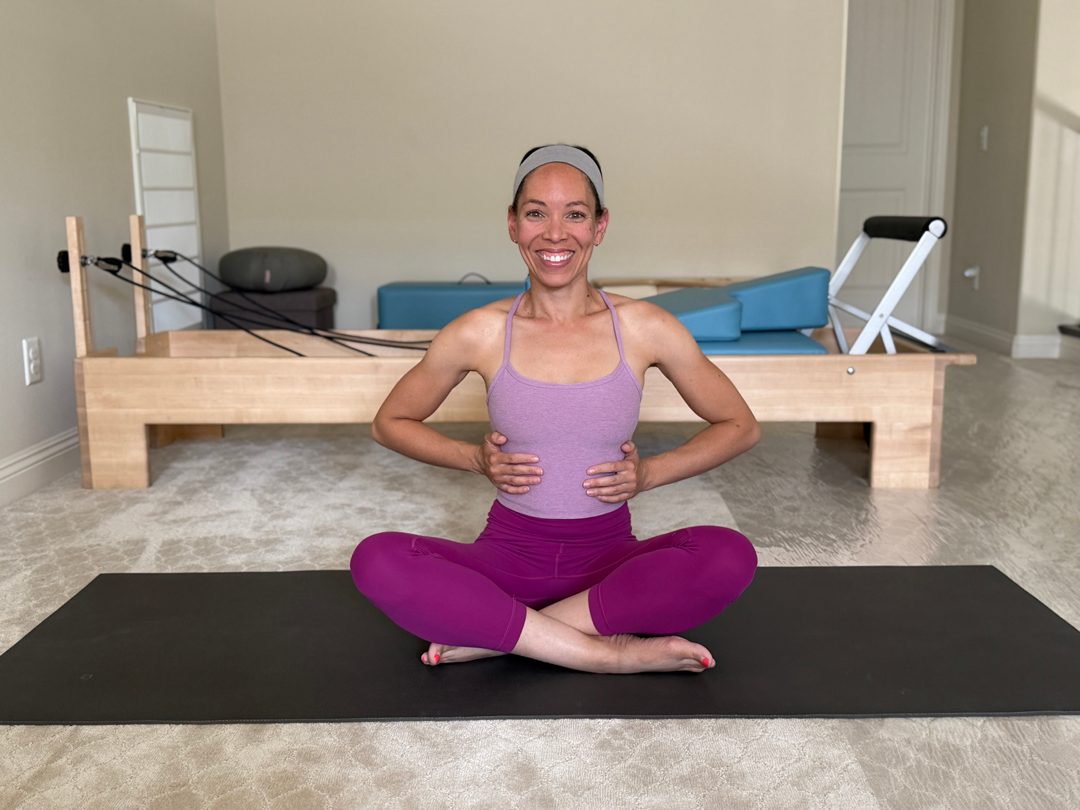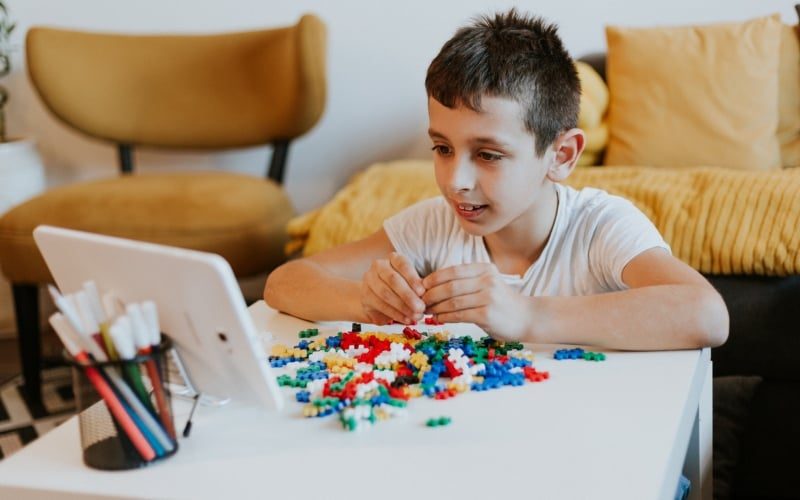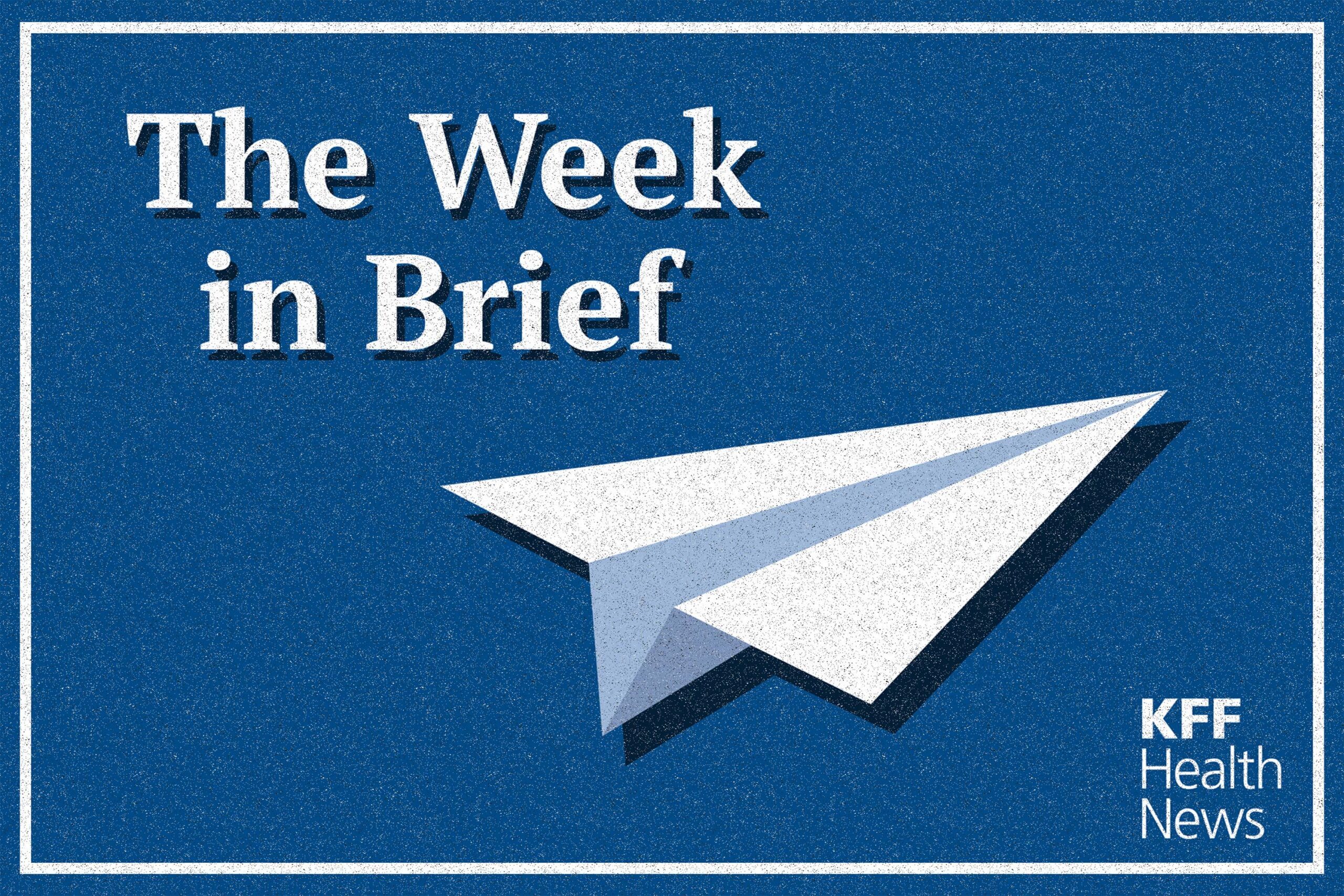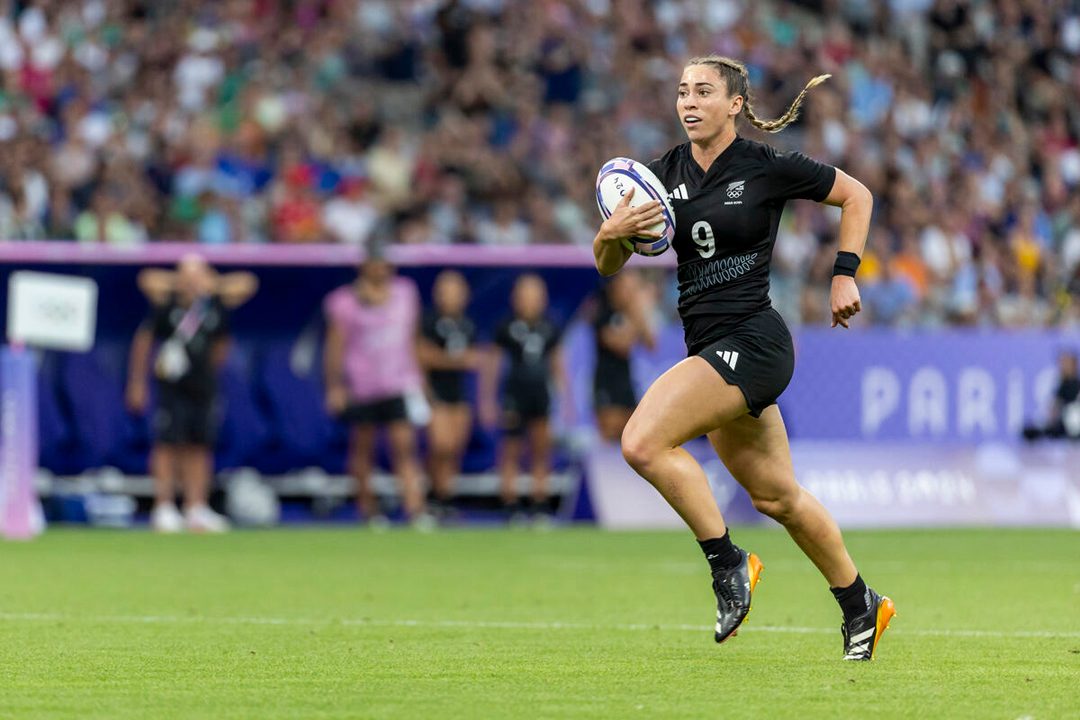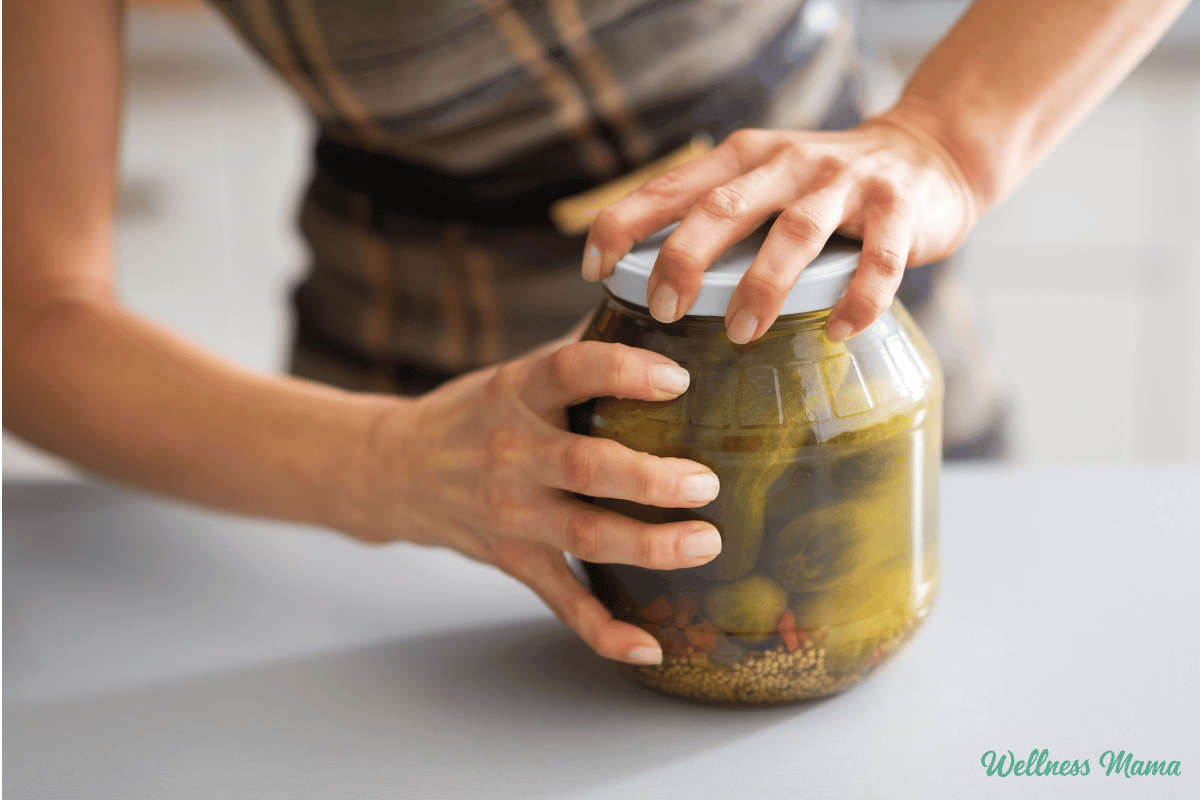 Author: Molly Knudsen, M.S., R.D.N.July 12, 2023
Author: Molly Knudsen, M.S., R.D.N.July 12, 2023 Registered Dietitian NutritionistBy Molly Knudsen, M.S., R.D.N.Registered Dietitian NutritionistMolly Knudsen, M.S., RDN is a Registered Dietician Nutritionist with a bachelor’s degree in nutrition from Texas Christian University and a master’s in nutrition interventions, communication, and behavior change from Tufts University. She lives in Newport Beach, California, and enjoys connecting people to the food they eat and how it influences health and wellbeing.Image by Sergey Narevskih / StocksyJuly 12, 2023
Registered Dietitian NutritionistBy Molly Knudsen, M.S., R.D.N.Registered Dietitian NutritionistMolly Knudsen, M.S., RDN is a Registered Dietician Nutritionist with a bachelor’s degree in nutrition from Texas Christian University and a master’s in nutrition interventions, communication, and behavior change from Tufts University. She lives in Newport Beach, California, and enjoys connecting people to the food they eat and how it influences health and wellbeing.Image by Sergey Narevskih / StocksyJuly 12, 2023Sometimes nutrients have a synergistic effect, working better together than when consumed in isolation. Such is the case with iron and vitamin C. Vitamin C can enhance the absorption of iron, especially the type found in plant foods.
Iron insufficiency is quite common1, which is concerning since this mineral plays an essential role in energy production, brain health, and immunity. So not only is it important to consume enough iron, but you also need to make sure your body is able to absorb and utilize it.
Advertisement
This ad is displayed using third party content and we do not control its accessibility features.Here's what you should know about optimizing your iron absorption.
Not all iron is absorbed equally
Dietary iron comes in two forms: heme and non-heme. Heme iron comes from animal food sources like meat, poultry, and fish. This is the most readily absorbable form of dietary iron2, and the body is able to pull about 15% to 35% of that iron into its system. But animal foods only contribute so much to our diet. And it's estimated that 10% of all daily absorbed iron comes from heme sources. Only one-tenth of absorbed dietary iron comes from heme iron.
Non-heme iron is derived from plant foods—like vegetables, legumes, and beans—and it has a much lower absorption rate of 2% to sometimes up to 20%3. This nutrient is finicky, and a lot of factors need to be in place to actually absorb the iron from those foods.
Vitamin C increases non-heme iron absorption
ultimate multivitamin+
Next gen multi formula that supports longevity*
★ ★ ★ ★ ★★ ★ ★ ★ ★(106)
Shop now Shop now
Shop nowVitamin C—aka ascorbic acid—is one factor that can enhance non-heme iron absorption.
It transforms iron molecules from plants into compounds that can be more easily absorbed by the intestinal wall. Fruits and vegetables are naturally high in vitamin C, and anytime you eat a vegetable-heavy meal (which should be often) make sure there is an additional source of vitamin C present to really help maximize absorption.
Flavor-wise, these pairings naturally complement each other, and you may already be taking advantage of their benefits without knowing it.
Advertisement
This ad is displayed using third party content and we do not control its accessibility features.Eat these foods to enhance iron absorption
Since most of the iron in our diets comes from non-heme sources2, squeezing the highest amount of iron out of foods you already eat could potentially mean the difference between having insufficient and sufficient iron stores in the body.
Here are some of our favorite recipes that couple non-heme iron and vitamin C to help you truly maximize your iron intake:
- Vegan Red Lentil Chili
- Cowboy Caviar
- Asparagus & White Bean Smørrebrød
Advertisement
This ad is displayed using third party content and we do not control its accessibility features.But there's an endless number of ways you can couple foods to get both iron and vitamin C in at the same meal. Use these lists to mix and match what sounds good to you.
Iron-rich plant foods:
- Soybeans
- White beans
- Lentils
- Spinach
- Asparagus
- Instant oatmeal (fortified)
- Amaranth
- Quinoa
- Chocolate
Vitamin C-rich foods:
- Red bell peppers
- Oranges
- Grapefruit
- Lemons
- Limes
- Tomatoes
- Kiwi
- Cruciferous vegetables (Brussels sprouts & broccoli)
- Acerola cherries
- Parsley
Advertisement
This ad is displayed using third party content and we do not control its accessibility features.These foods can hinder iron absorption
There are also some foods that decrease iron absorption, and it's best to separate these foods from iron-rich meals.
Coffee and tea both contain tannins and other polyphenols, which are known to inhibit iron absorption4 specifically from non-heme foods. Opt to have coffee or tea an hour before an iron-rich meal or over an hour after the meal.
Calcium can also block iron absorption5, but some studies show that it may have little effect when consumed as part of a meal with a variety of foods6. But if you're really wanting to be diligent about your iron absorption, still consider spacing out dairy intake from iron.
Iron supplements can ensure optimal intake and absorption of iron
Many people may still not be getting the iron they need through diet alone, and that's where supplementation comes into play. To help fill that gap, mindbodygreen formulated ultimate multivitamin+ with an optimized iron dose of 9 milligrams of a premium amino acid chelated form of iron (ferrous bisglycinate chelate).*
For comparison, ½ cup of boiled spinach provides about 3.2 milligrams of iron.
Advertisement
This ad is displayed using third party content and we do not control its accessibility features.The takeaway
Iron is a critical nutrient, but it's one that many people don't get enough of. Pairing vitamin C and iron-rich plant foods and avoiding coffee and tea at mealtimes can help make sure you are getting as much iron as you can from those foods into your system. And incorporating a high-quality multivitamin that includes a readily absorbable—aka bioavailable—form of iron like mindbodygreen's ultimate multivitamin+ can provide the additional support needed to support widespread micronutrient gaps head-on.*
If you are pregnant, breastfeeding, or taking medications, consult with your doctor before starting a supplement routine. It is always optimal to consult with a health care provider when considering what supplements are right for you. Molly Knudsen, M.S., R.D.N.Registered Dietitian Nutritionist
Molly Knudsen, M.S., R.D.N.Registered Dietitian NutritionistMolly Knudsen, M.S., RDN is a Registered Dietician Nutritionist and mindbodygreen's supplements editor. She holds a bachelor’s degree in nutrition from Texas Christian University and a master’s in nutrition interventions, communication, and behavior change from Tufts University. She lives in Boston, Massachusetts and enjoys connecting people to the food they eat and how it influences health and wellbeing.
6 Sources
- https://pubmed.ncbi.nlm.nih.gov/9091669/
- https://www.ncbi.nlm.nih.gov/books/NBK448204/
- https://pubmed.ncbi.nlm.nih.gov/3290310/
- https://www.ncbi.nlm.nih.gov/pmc/articles/PMC5998341/
- https://pubmed.ncbi.nlm.nih.gov/21462112/
- https://pubmed.ncbi.nlm.nih.gov/1581006/


